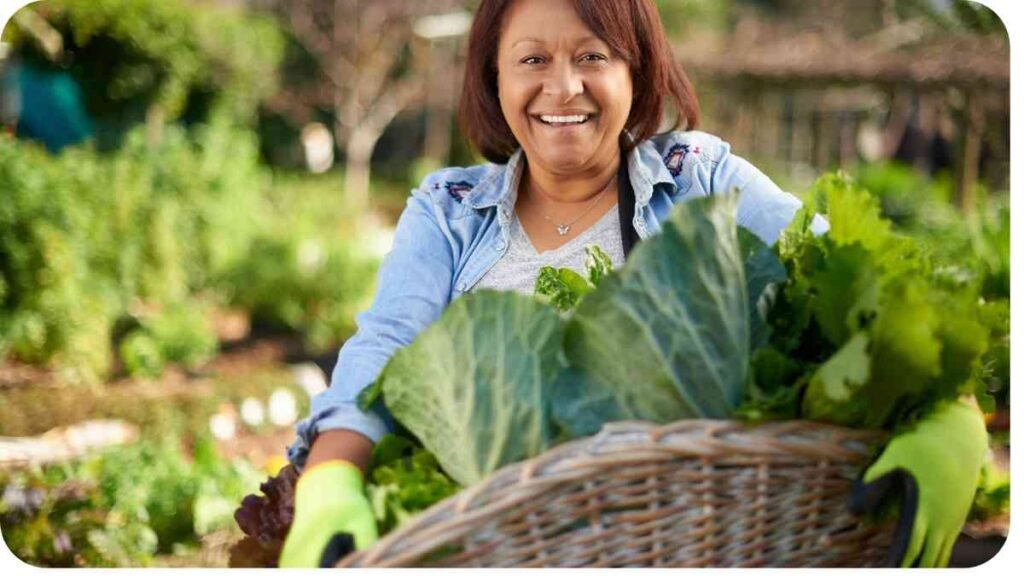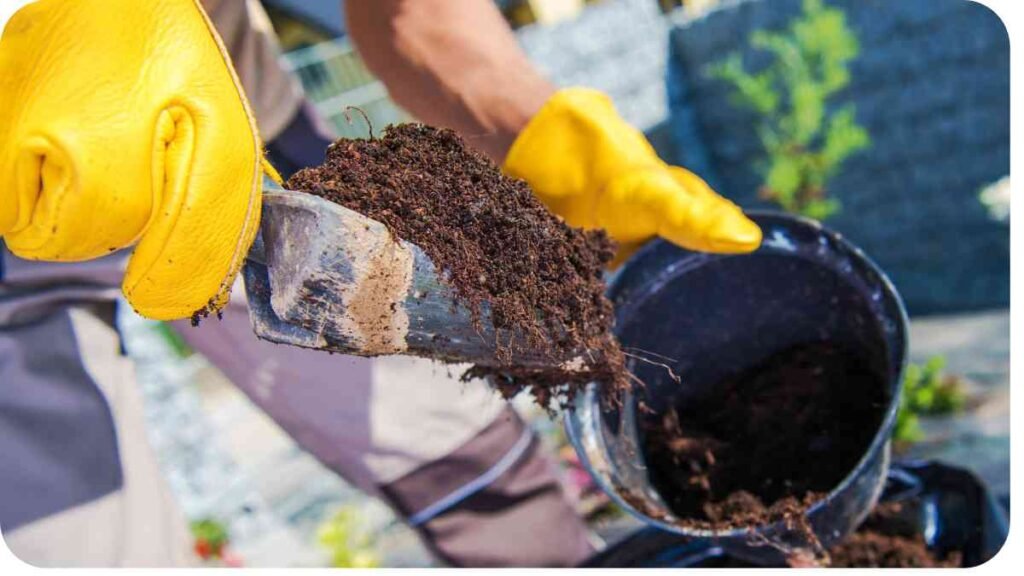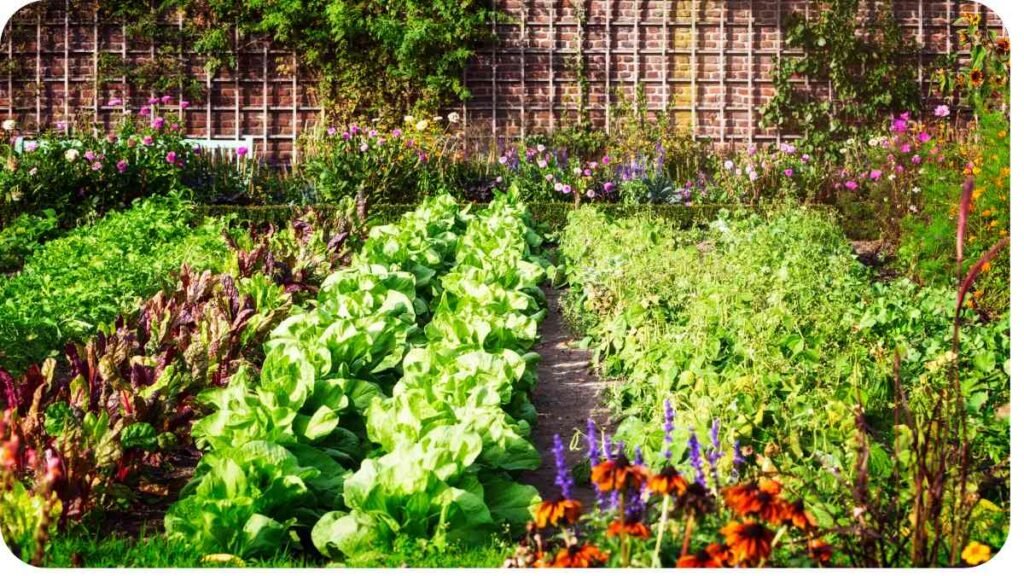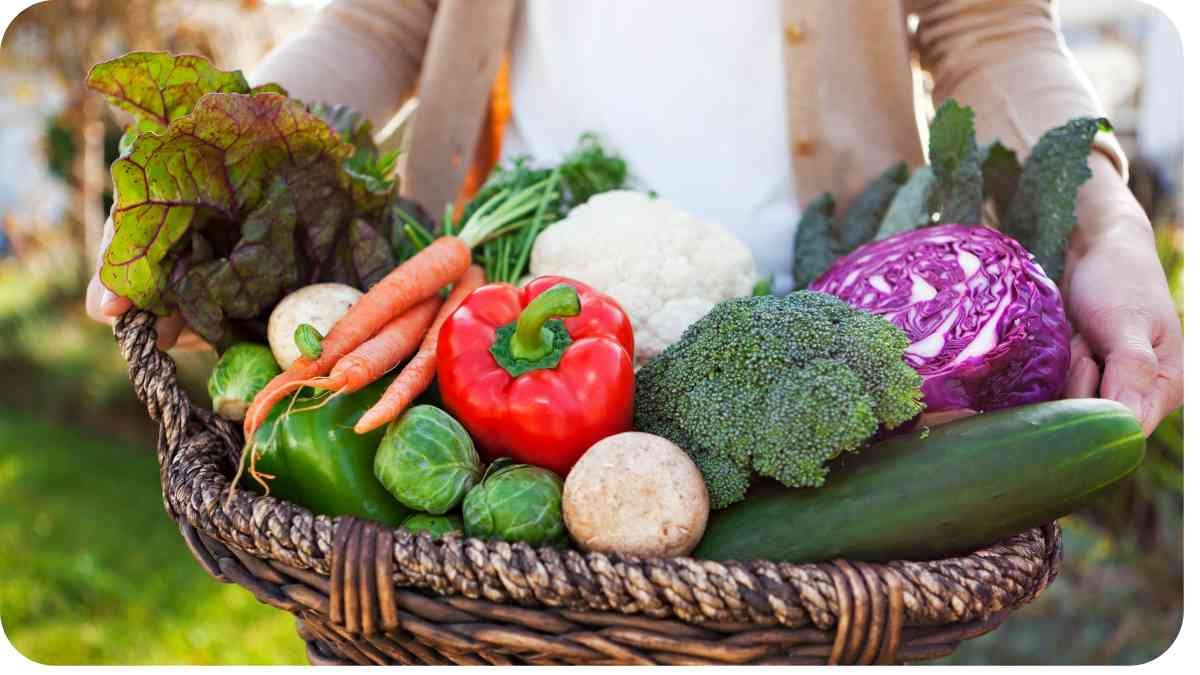Welcome to the wonderful world of gardening! As the seasons change, so does the rhythm of nature, and for avid gardeners, each season brings its own set of joys and challenges. But what exactly is gardening season? It’s more than just a timeframe on the calendar it’s a journey of growth, nurturing, and connection with the earth.
Gardening season varies depending on your location and climate, but generally, it encompasses the period from early spring to late fall when outdoor conditions are conducive to plant growth. During this time, gardeners engage in a myriad of activities, from planting seeds to harvesting ripe fruits and vegetables.
So, whether you’re a seasoned gardener or a novice with a newfound passion for greenery, let’s dive into the vibrant world of gardening season and discover how you can make the most of it.
| Takeaways |
|---|
| Gardening season is a time of growth and renewal, offering numerous physical, mental, and emotional benefits. |
| Planning is essential for a successful garden, including selecting the right plants, preparing the soil, and investing in essential gardening tools. |
| Proper watering, pest management, and maintenance are crucial throughout the gardening season to ensure healthy plant growth. |
| Community gardening and sustainable practices promote camaraderie and environmental stewardship among gardeners. |
| Embracing the four distinct gardening seasons allows for a diverse range of crops and experiences throughout the year. |
2. Benefits of Gardening

Before we delve into the nitty-gritty of gardening season, let’s take a moment to appreciate the myriad benefits that gardening brings. Beyond the obvious joy of nurturing plants and watching them flourish, gardening offers a host of physical, mental, and emotional rewards.
Understanding the gardening zone is crucial for plant success. Whether in Pittsburgh, PA or Frisco’s gardening zone, knowing your region’s climate helps in selecting suitable plants and planning care routines.
Improved Physical Health
Gardening is a fantastic form of exercise, offering a full-body workout that can improve strength, flexibility, and cardiovascular health. Digging, planting, and weeding all require physical exertion, helping to keep your body strong and agile.
Mental Well-being
There’s something incredibly therapeutic about spending time in the garden, surrounded by nature’s beauty. Gardening has been shown to reduce stress, anxiety, and depression, promoting a sense of calm and well-being.
Connection with Nature
In today’s fast-paced world, it’s easy to feel disconnected from the natural world. Gardening allows us to reconnect with the earth, fostering a deeper appreciation for the environment and our place within it.
Soil quality varies across states, influencing gardening outcomes. Discover which states offer the best soil for gardening to optimize plant growth and health. Understanding soil characteristics enhances gardening success and guides plant selection for optimal results.
Healthy Eating
What could be more satisfying than harvesting fresh produce from your own garden? By growing your own fruits and vegetables, you can enjoy nutritious, organic food that’s free from harmful pesticides and chemicals.
Sustainable Living
Gardening promotes sustainability by reducing food miles and minimizing the carbon footprint associated with commercial agriculture. Plus, cultivating your own food allows you to embrace seasonal eating and reduce food waste.
Now that we’ve explored the myriad benefits of gardening, let’s roll up our sleeves and dig into the heart of gardening season.
Post-tilling care is vital for maintaining a healthy garden. Explore essential steps for post-gardening care to ensure soil health, plant growth, and garden longevity. Proper care after gardening activities promotes thriving plants and a vibrant garden environment.
3. Planning Your Garden
Table: Planting Calendar by Zone
| Zone | Vegetables | Fruits | Herbs |
|---|---|---|---|
| 3-4 | March-April | April-May | April-May |
| 5-6 | March-April | April-May | March-April |
| 7-8 | February-March | March-April | February-March |
| 9-10 | January-February | February-March | January-February |
Before you start planting, it’s essential to have a solid plan in place. Consider factors such as your gardening zone, available space, and personal preferences when designing your garden layout. One invaluable tool for planning is a planting calendar, which outlines the optimal times for planting different crops based on your location.
Essential Gardening Tools
Table: Must-Have Gardening Tools
| Tool | Function |
|---|---|
| Hand Trowel | For planting and transplanting small plants |
| Garden Hoe | Used for breaking up soil and removing weeds |
| Pruning Shears | Essential for trimming and shaping plants |
| Watering Can | For gentle and precise watering of plants |
| Garden Gloves | Protect hands from thorns, dirt, and chemicals |
Equipped with the right tools, you’ll be ready to tackle any gardening task with ease.
5. Preparing Your Soil
Healthy soil is the foundation of a thriving garden, so it’s crucial to ensure that your soil is well-prepared before planting. Start by testing your soil’s pH level and nutrient content to determine its health. Depending on the results, you may need to amend your soil with compost, organic matter, or fertilizers to create the optimal growing environment for your plants.
6. Choosing the Right Plants

When selecting plants for your garden, consider factors such as your climate, soil type, and available sunlight. Choose varieties that are well-suited to your growing conditions to ensure success. Additionally, think about your personal preferences and goals for your garden whether you’re growing vegetables, flowers, or herbs, there’s a vast array of options to explore.
Budgeting for gardening equipment is essential for efficient garden management. Learn about the cost of gardening equipment and plan your gardening expenses wisely. Understanding equipment costs helps in budget allocation and ensures you have the necessary tools for successful gardening.
7. Watering and Irrigation Tips
Proper watering is essential for plant health, but it’s easy to overwater or underwater if you’re not careful. Pay attention to the specific water needs of each plant species, and aim to water deeply and infrequently to encourage strong root growth. Consider investing in a drip irrigation system or soaker hoses to deliver water directly to the roots and minimize water waste.
8. Dealing with Pests and Diseases
Even the most well-tended garden can fall victim to pests and diseases, but there are steps you can take to mitigate the risk. Practice good garden hygiene by keeping your garden clean and free of debris, which can harbor pests and pathogens.
Monitor your plants regularly for signs of trouble, and be prepared to take action promptly if you detect any issues. Organic pest control methods, such as companion planting and beneficial insects, can also help keep pests at bay without resorting to harsh chemicals.
9. Maintenance and Care Throughout the Season
Gardening is a labor of love that requires ongoing care and attention throughout the season. Stay on top of tasks such as weeding, pruning, and fertilizing to keep your garden looking its best. Regular maintenance not only promotes healthy growth but also allows you to catch any problems early before they escalate.
Implementing a no-till gardening approach offers numerous benefits for gardeners. Discover the steps to creating a no-till garden and cultivate success with sustainable gardening practices. No-till gardening conserves soil health, reduces labor, and promotes environmental sustainability for thriving gardens.
10. Harvesting Your Bounty
There’s nothing quite like the satisfaction of harvesting fresh produce from your own garden. As your plants mature, keep a close eye on them for signs of ripeness, and harvest fruits and vegetables promptly to ensure peak flavor and quality. Don’t forget to share your bounty with friends, family, and neighbors it’s a joy that’s meant to be shared.
11. Extending the Gardening Season

With a bit of planning and creativity, you can extend the gardening season well beyond the typical growing months. Consider techniques such as season extension structures, such as cold frames or hoop houses, to protect your plants from frost and prolong their harvest. Additionally, explore cold-hardy crops and varieties that thrive in cooler temperatures, allowing you to enjoy fresh produce even as the days grow shorter.
12. Gardening Challenges and Solutions
Gardening isn’t without its challenges, but with a bit of know-how and perseverance, you can overcome them. Whether you’re contending with pesky pests, finicky weather, or soil issues, there are solutions available to help you navigate any obstacle that comes your way. Don’t be afraid to reach out to fellow gardeners for advice and support—we’re all in this together.
13. Embracing Community Gardening
Gardening is not only a solitary pursuit but also a wonderful opportunity to connect with others in your community. Consider joining a community garden or starting one of your own, where you can share knowledge, resources, and camaraderie with fellow gardening enthusiasts. Community gardening fosters a sense of belonging and cooperation while beautifying shared spaces and promoting sustainable living.
14. Sustainable Gardening Practices
As stewards of the earth, it’s important for gardeners to prioritize sustainability in their practices. Embrace techniques such as composting, water conservation, and natural pest control to minimize your environmental impact and promote biodiversity in your garden. By gardening sustainably, you can enjoy the beauty and abundance of nature while safeguarding it for future generations.
15. Conclusion
Gardening season is a time of growth, renewal, and connection with the natural world. Whether you’re tending to a small plot of land or cultivating an urban oasis, gardening offers endless opportunities for creativity, learning, and discovery.
So roll up your sleeves, dig in the dirt, and let your green thumb guide you as you embark on this rewarding journey. With a little bit of patience and a whole lot of love, you can cultivate your own green paradise and reap the bountiful rewards of the gardening season. Happy gardening!
Further Reading
Here are some additional resources to deepen your understanding of gardening seasons:
- National Geographic Education: Growing Season
- Explore the concept of growing seasons and how they vary around the world with this informative resource from National Geographic Education.
- Harvest to Table: Know Your Garden Growing Season
- Learn about the factors that influence your garden’s growing season and how to make the most of it with tips from Harvest to Table.
- The Laidback Gardener: The Four Gardening Seasons
- Discover the four distinct gardening seasons and how to navigate them successfully with insights from The Laidback Gardener.
FAQs
What is the growing season?
The growing season refers to the period of time during which weather conditions are suitable for plant growth and development. It typically begins in spring when temperatures warm up and ends in fall with the onset of frost.
How do I determine my garden’s growing season?
Your garden’s growing season depends on factors such as your location, climate, and local frost dates. You can use tools like planting calendars and frost date calculators to determine the best times for planting and harvesting in your area.
What are the main gardening seasons?
The main gardening seasons are spring, summer, fall, and winter. Each season presents its own set of challenges and opportunities for gardeners, from planting and growth to harvest and dormancy.
How can I extend my garden’s growing season?
There are several techniques you can use to extend your garden’s growing season, including using season extension structures like cold frames and row covers, choosing cold-hardy crops, and planting in succession to stagger harvests.
What should I do during the offseason?
During the offseason, you can take time to plan and prepare for the upcoming growing season. This may involve ordering seeds, repairing garden structures, and amending soil. It’s also a great time to reflect on past successes and failures and make adjustments for the future.

Hellen James, a seasoned author at Unified Publishers LLC, brings a wealth of expertise to diverse niches. Specializing in pet care, outdoor adventures, lifestyle, wellness, and culinary delights, Hellen crafts insightful and engaging content that unlocks the full potential of readers’ interests. Explore, learn, and thrive with Hellen James.

